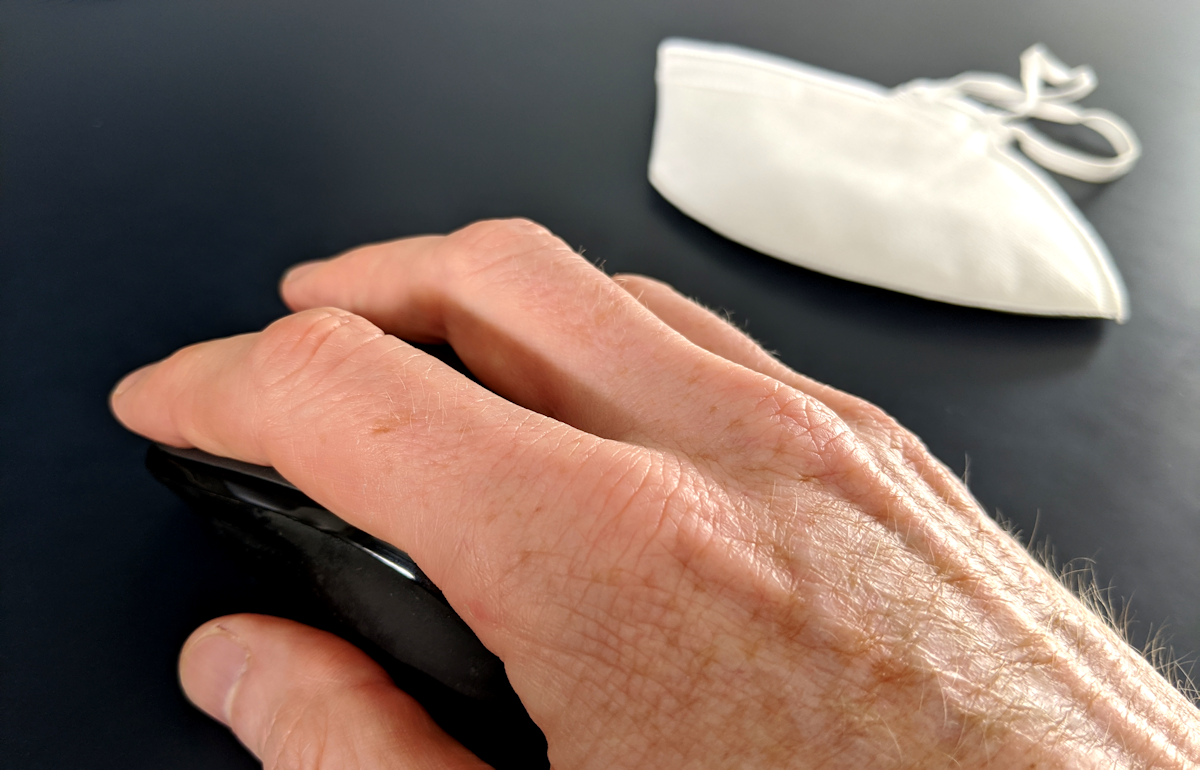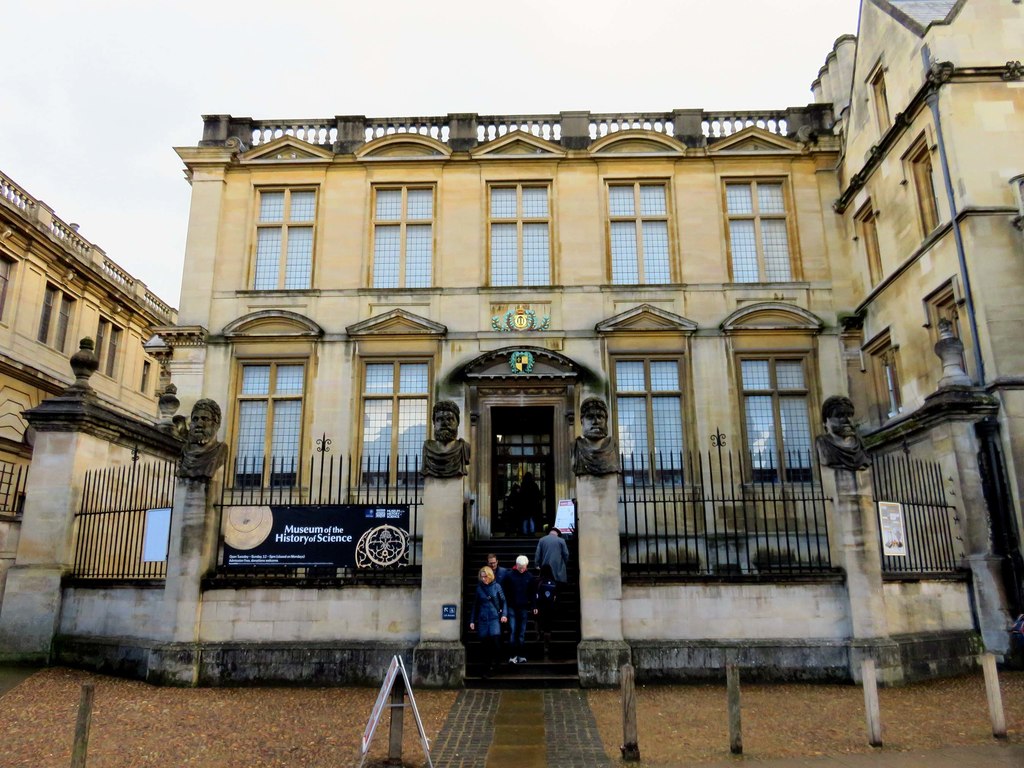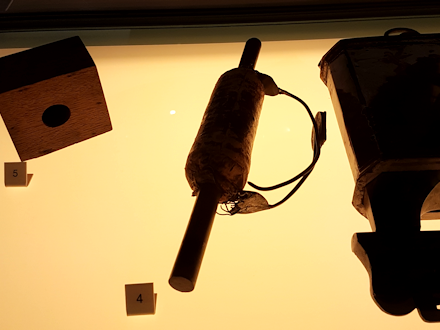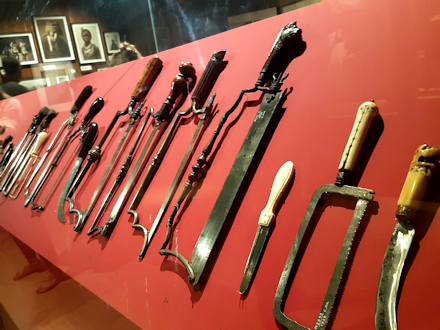The COVID-19 pandemic ushered in a new normal for L&D professionals as millions of people were sent home to work remotely.
While many of us had been offering online courses and other alternatives to in-person training for years, suddenly nothing could be run in a traditional classroom setting; and so as a collective we’ve been forced to shift learning and development online.
Despite my tongue-in-cheek tweet however, digital self-directed learning hasn’t become the norm. On the contrary, the conventional response to the changing circumstances appears to have been to convert classroom sessions into webinars. I’m not anti-webinar per se, but I must admit to being a tad disappointed by our propensity to blindly perpetuate old approaches on another medium.
Just like in-person training, webinars have their place, but I dared to dream that our mass isolation might stoke more creative solutions beyond the same man in a different hat.
Or maybe I’m being too quick to judge. It’s only been a few months since lockdown, and everyone’s been scrambling to keep business continuity ticking over. Maybe the “new normal” is merely short term; perhaps over time our solutions will diversify.
Looking further ahead, I’m wondering what will happen as governments ease restrictions and we return to the office. Will we revert to our previous ways, or is the genie out of the bottle?
Of course no one can know for sure, so I did the next best thing: inspired by the jelly-beans-in-the-jar experiment, I decided to defer to the wisdom of the crowd. Specifically, I invited a shortlist of L&D practitioners around the world to answer the following question:
How will the COVID-19 pandemic impact learning and development in the long term?
Here are their responses…

“The one thing I am curious about is the impact of quarantine, social distancing and remote work on memory, cognition, learning and behaviour. As much as technology is helping us in the short-term, we are already seeing the impact of too many synchronous video calls in the form of ‘Zoom fatigue’.
L&D will need to critically explore the challenges of remote working and remote learning. Workplace learning and development will need to be guided by evidence-based research practices that consider factors including online distraction, laptop fatigue, work productivity along with employee mental health, emotional well-being and stress levels in a post-pandemic, technology-driven world.
If working collaboratively, from a distance, is the new normal in the long term, it will need the acquisition of new skills, attitudes and mindsets for optimum work performance. L&D will need to take the lead and enable the development of these skills, attitudes and mindsets. L&D will need to create the channels of learning, growth, communication and sharing and help employees learn new ways of working efficiently and effectively.
This does not mean more elearning, virtual webinars and online video meetings. Instead, I hope to see L&D step in as the curator of learning and connector of shared experiences, enabling employees to be more autonomous and self-directed in their continuous learning journeys.”
“After going through the experience of this pandemic, I think one of the silver linings for L&D will be that we will have tried a lot of new ways of thinking. We haven’t really had a choice have we?
One of the biggest changes should be a shift from the traditional focus on static stocks of knowledge (a course mindset) to consideration for information flows. Courses are time-consuming, expensive and most of them start to become out-dated as soon as they are created.
With the speed of today’s world and the shrinking shelf life of knowledge, we should be enabling our organizations to continually refresh their knowledge by participating in relevant flows of new knowledge. To quote Mark Britz, ‘The expectation has to change to where many people create and consume, learning together continuously.’
That means doing more curating from experts. It means helping the experts learn efficient ways to work out loud and share what they know. It means helping everyone ‘learn how to learn’ and take ownership of their own personal knowledge management process.
Think of knowledge like a virus. Unlike Corona, we actually want that to spread quickly. We should be scaling up channels to help people have conversations about what they’re learning. How can we use technology to put people into the same digital spaces to help learning ‘go viral’?
Instead of simply replicating classroom experiences in an online environment, this is an opportunity shift our thinking to consider a broad spectrum of alternatives. There will never be a better opportunity for tapping social tools like Microsoft Teams, Yammer, Jive, etc to unlock the knowledge trapped in the LMS and other stores of information all through your organization. That is just one of many possibilities. Look outside your organization to see what others are doing. The important thing is to try new things… experiment with new, better ideas. Call it a ‘pilot’ – isn’t everything right now a pilot anyway? Ask for forgiveness instead of permission. Just do it.
In our new world the skill of learning is becoming more important than ever before. As Jack Welch once said, ‘An organization’s ability to learn, and translate that learning into action rapidly, is the ultimate competitive advantage.'”
“I’m a very optimistic and positive person but I am afraid that COVID-19 will stay with us for a long time, unfortunately. And this will greatly affect in-person education and training.
The challenge for L&D professionals is to start thinking about more creative ways of helping organizations and institutions make digital learning not only more engaging but also more accessible to all as we adjust to this new normal.
I know that we always talk about creating more engaging online experience, but this time it will be more than a wish. Think about all the classes that used to be face to face and were designed that way for a specific reason. Classes where students need hands-on practice or classes where close interaction with a mentor or a tutor was absolutely necessary for the learners to successfully complete a task. Organizations and institutions now need quick and creative solutions to be able to deliver online education and effectively compensate for the lack of interactions between instructors and students.
Also, we need to start thinking beyond traditional learning environments and start considering the conditions and characteristics of learners in different countries. Uploading a document to a platform or delivering a webinar is not a solution. L&D professionals need to consider – more than ever before – the restrictions some learners may face. There are people who don’t have access to the Internet, who don’t own a computer, who don’t feel comfortable using technology. Still, we need to be able to offer educational resources to these children, teenagers, and adults who won’t be able to attend in-person classes.
I think that L&D professionals will have to lead the way in terms of reshaping delivery methods to make education more effective, engaging, and accessible to all.”
“I think in the long run, not so much. The COVID-19 crisis will be ‘just a spike’ in history. It will have a big impact as a ‘generation marker’ in the minds of those who do have the ‘heavy’ experience now. It will be a big ‘do you remember 2020’ event that we will talk about for many years to come. But on a real practical side it will have minor impact on L&D.
First, there will be a ‘push’ to everything ‘online learning’ like we see now. During this stage of panic we will accept online solutions that are good enough for now but not for the longer run. Those L&D professionals (including providers) who were ‘prepared’ (already did their thinking and experimenting with all things online) will benefit from the current situation.
Partly L&D stuff that moved online, for topics and situations that make sense, will stay online. Companies and learners who were hesitant will now have the experience that it can work ‘just fine’, sometimes even better, and realise it’s more practical and efficient to do some learning online and want to keep doing it that way.
But there will also be a ‘bounce back’. People were, are and will be ‘social animals’ and will always appreciate and value real-life face-to-face events related to other topics of learning. My prediction (which I’ve shared for about 2 years) that ‘vintage classroom training’ will be ‘hot’ in the near future might get an impulse soon.
To recap: it will help us for a more clear distinction and deliberate choice on what kind of L&D stuff we need/want to do online and which part face-to-face, and find better, well considered ‘blends’ over time.
There is one more thing and in fact hope I’d like to add. For many people, life slowed down during the crisis. Slowing down is great for learning. I hope that slowing down once in a while will become more appreciated and also will become a regular building block of L&D solutions. Stay healthy, stay safe, keep learning!”
“That’s a tricky question, as we can never tell how the future will be. But I think that professionals will try to stick to working from home and attending courses through tools such as Zoom.
What I’ve seen during the COVID-19 pandemic is that people value being able to interact with others. So students value interacting both with their teachers and their peers. This does NOT happen in the usual click-and-read course – that’s why it always had a high rate of abandonment.
Students also value – a lot – seeing their teachers alive, even if the quality of the image is not so good or the background is their own house. We’ve spent a lot of money in the past creating professional videos that weren’t that appealing as they were made by actors who just read the content.
It’s not only that click-and-read courses are boring – or frustrating if they’re locked – it’s that students need to see ‘people’ who are ‘alive’ and feel human, who motivate them to attend the course. In a way, seeing their teachers makes them feel ‘seen’.
So if we want to succeed in the new e-learning world, I think we need to add more live interaction, especially with students being in the centre of such communication, i.e. delivering assignments in video or in the form of webinars. That way, they’ll be really seen.”
“There are two aspects: in the larger business context, as most companies struggle for survival, many of the traditional long-term learning interventions will be put on hold – especially those that are in-person and cost a lot of money. These would move to more online delivery of content, however in the short term that might lead to a bad learner experience – especially if the facilitator is new to online facilitation, and trying to replicate the offline model online.
Secondly, in the long term I am hopeful that the L&D function would morph into a much more integrated part of an employee’s and the business’ growth journey. Many employees are upskilling and crafting their career journeys with their own hands and L&D needs to have a deeper conversation on how to build this community of learners within and without the organizational boundaries.”
And so back to me.
I agree with my learned colleagues that the short-term response to the COVID-19 pandemic has been a knee-jerk reaction. But that’s understandable. Done is better than perfect, so it’s perfectly logical for us to use the tools at our disposal (such as a webinar platform) to meet our urgent training needs.
I also agree with my colleagues’ consensus that the sophistication of our service offering will evolve. To remain effective, our solutions need to become more accessible, blended, curated, social, interactive, reflective and self navigated.
And I feel it’s important to recognise that the challenges of remote learning won’t dissipate when we return to the office. Having caught the working-from-home bug myself, I’m keen to split my week going forward – and I’m sure I won’t be the only one. That means while we’ll rightly put in-person classes back on the agenda, we’ll still need to serve our target audiences from afar.
Thus, among the human tragedy a glimmer of goodness may result from this crisis: a provocation to change learning and development for the better.
The next normal.














